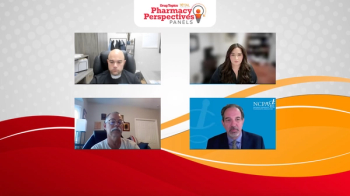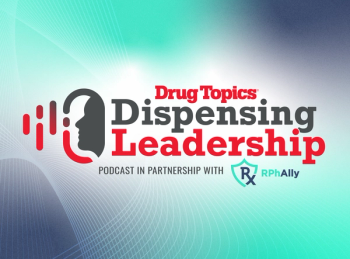
Should Health Care Workers Keep Wearing Masks With Patients Now That the COVID-19 Public Health Emergency Is Over?
According to commentaries published in the Annals of Internal Medicine, doctors remain split on the question.
The COVID-19 pandemic has ended, but debate continues on the efficacy of using masks to slow the spread of respiratory infection in health care settings.
Mask mandates were one of multiple controversial elements as physicians, public health experts, lawmakers, and people generally tried to avoid COVID-19 starting in late winter 2020. The U.S. government’s COVID-19 public health emergency ended May 11, and with it, requirements to wear masks in public to avoid catching the virus or giving it to others.
Should masking continue in hospitals, clinics, physicians’ offices? Doctors split on the question, according to commentaries published this spring in the Annals of Internal Medicine, the journal of the American College of Physicians.
Masks off
Health care was one of the last environments where masking continued as COVID-19 transitioned to endemicity, said the authors of “Universal Masking in Health Care Settings: A Pandemic Strategy Whose Time Has Come and Gone, For Now.”1
Those locations have a higher proportion of people at high risk of complications from infection.
“However, the context and conditions of the pandemic have changed dramatically and favorably since masking requirements in health care were initially adopted, and evidence-based publich health policy should also adapt in response,” the authors said.
Masking was one of a number of strategies to restrict transmission of COVID-19. Measures such as remote work, symptom screening, and expansion of telemedicine interfered with caregiving, but were appropriate in the early stages of the pandemic, the authors said.
With testing and vaccines, now there is “substantial population-level immunity providing durable protection against severe disease,” the authors said. Masks may give some protection against transmitting COVID-19, but they also impede communication.
“Masks obscure facial expression; contribute to feelings of isolation; and negatively impact human connection, trust, and perception of empathy,” the authors said.
The authors were: Erica S. Shenoy, MD, PhD; Hilary M. Babcock, MD, MPH; Karen B. Brust, MD; Michael S. Calderwood, MD, MPH; Shira Doron, MD; Anurag N. Malani, MD; Sharon B. Wright, MD, MPH; and Westyn Branch-Elliman, MD, MMSc.
Keep them on
Masks are not 100% effective, but they lessen risk by reducing quantities of virus expelled during coughing or talking, said a counterpoint article, “For Patient Safety, it Is Not Time to Take Off Masks in Health Care Settings,” by Tara N. Palmore, MD, and David K. Henderson, MD.2
Another compelling reason for keeping the masks on is presenteeism, “a behavior that long preceded, and will likely outlast, the pandemic.”
“Health care personnel are notorious for coming to work while ill,” the article said, with up to two-thirds of medical staff acknowledging they worked with symptoms of respiratory illness during the pandemic. They cited reasons ranging from a moral imperative to provide patient care, to lack of paid sick leave.
Other options could include making only during respiratory season beginning in the fall; masking in wards with high-risk patients; or requiring masks for staff and visitors, with the option for patients.
Do they work?
After reviewing studies and trials about mask effectiveness, it appears there is low to moderate strength evidence that masks “may be associated with a small reduction in risk.”
“The risk reduction was around 10% to 18%, which may be important on a population level, especially when considering cumulative effects over time,” said the article “Major Update: Masks for Prevention of SARS-CoV-2 in Health Care and Community Settings – Final Update of a Living, Rapid Review,” by Roger Chou, MD, and Tracy Dana, MLS.3
Reference
1. Shenoy ES, Babcock HM, Brust KB, et al. Universal masking in health care settings: A pandemic strategy whose time has come and gone, for now. Annals of Internal Medicine. Published online 2023. doi:10.7326/m23-0793.
2. Palmore TN, Henderson DK. For patient safety, it is not time to take off masks in health care settings. Annals of Internal Medicine. Published online 2023. doi:10.7326/m23-1190.
3. Chou R, Dana T. Major update: Masks for prevention of SARS-COV-2 in health care and community settings—final update of a living, Rapid Review. Annals of Internal Medicine. Published online 2023. doi:10.7326/m23-0570.
Newsletter
Pharmacy practice is always changing. Stay ahead of the curve with the Drug Topics newsletter and get the latest drug information, industry trends, and patient care tips.



































































































































